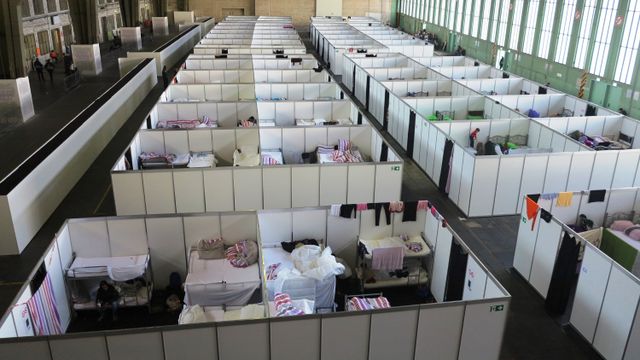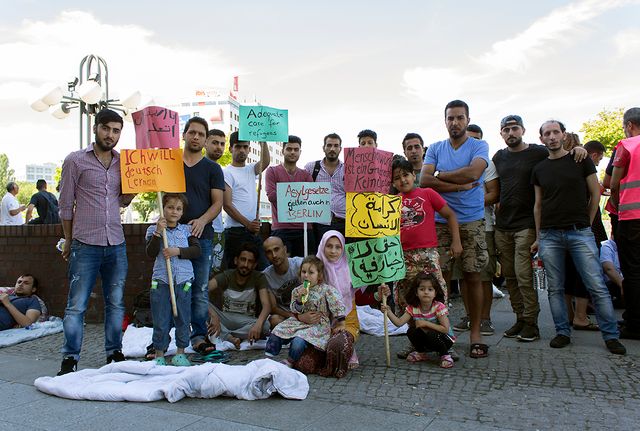Vivek Kumar Srivastava
African National Congress (ANC) the symbol of South African apartheid movement and widely recognized as the face of African people is all set to lose its control in the South African political landscape. The local municipal elections results have shown that its voting share has declined to 53.83% and the total seats obtained stand at 5,020 (last announcement). This is its lowest performance since the 1994 when Mandela used to be the key leader of the party. This dismal performance is going to impact the whole political system and dynamics in significant manner. Several factors are responsible for this decline of the Party; among which the corruption and the role of elites in the political system of the country are noteworthy besides the policies of the government are also to be blamed. It appears that adoption of the globalization by the government increased corruption, poverty, inequality and unemployment; which in accumulated way led to the loss of the political power by the ANC. In April 1994 national lections were organized and Nelson Mandela thereafter attempted to integrate the socialism with capitalism but impact of globalization was there for all the developing countries. The establishment of WTO on 1 January 1995 and collapse of USSR on 25 December 1991 had heralded that globalization and free market economy was here to stay. South Africa was no exception like India; as Kidane Mengisteab, a respected author in his writing ‘Globalization and South Africa’s Transition through a Consociational Arrangement’ has stated that –
‘There are a number of measures that the South African government has already undertaken that show it has embraced economic liberalization in line with globalization. One such measure is its agreement with the WTO to liberalize its trade. The country concluded an agreement with the WTO in 1994 committing itself to the reduction and restructuring of import tariffs, the removal of import surcharges and phasing out of the country’s General Export Incentive Scheme. The import surcharges were abolished as early as October 1995 and the General Export Incentive Schemes were repealed in July 1997. Tariff rates have been slashed from 15 per cent in 1994 to 10 per cent in 1996, and are expected to come down to 8 per cent in 1999. The government also agreed to deregulate financial markets and to gradually relax exchange controls.” The rand depreciated by about 21.9 per cent between the end of 1995 and the end of 1996. Although from December 1996 to the end of July 1997 it appreciated by 4.9 per cent. These measures were aimed at strengthening the competitiveness of the country’s economy and facilitating the integration of the South African economy into the global economy. The ANC’s agreement to privatize state-owned assets is another indicator. By the end of 1995, the ANC, under pressure from international finance capital, released a document (‘The State and Social Transformation’) in which it proposed a dramatic reversal of the state’s role in the public sector through partial privatization and a range of deregulatory measures. At the beginning of 1996, government and labour accepted the National Framework Agreement (NFA) which laid down guidelines for restructuring state assets. Other indicators include the adoption in June 1996 of a new macro-economic strategy, the Growth, Employment and Redistribution (GEAR) programme which essentially conforms to the logic of globalization with its rather tight fiscal policy. Supply-side measures to support industrial restructuring have also been adopted by the National Economic Development and Labour Council (NEDLAC) as a result of South Africa’s entry into the global market. Lack of notable progress in reducing poverty among the victims of apartheid is another critical indicator that the government has not been able to aggressively pursue its original redistributive policies. The most important mechanism for reducing absolute poverty is employment creation and in this regard the performance of the South African government has been disappointing. There has been some progress in expanding the participation of black South Africans in the public sector. By the end of 1996, the proportion of black South Africans in the public service has risen to about 65 per cent. However, there has not been a corresponding progress in the private sector.’ President Jacob Zuma on 31 August 2014 reemphasized his policy of integration with the world, saying that ‘We want more markets for our goods and services and want more investments to come to South Africa in the next five years.’
This all though diverted government attention from the common people and their problems which led to disaster in the national economy. According the Statistics South Africa ‘Community Survey 2016 results’ approximately 13,3% (2,2 million) of households in South Africa indicated that they had skipped a meal in the 12 months before the survey. The province with the largest proportion of households that skipped a meal was Eastern Cape at 17,6%, followed by Northern Cape (17,5%), North West (17,4%), Free State (15,7%), KwaZulu-Natal (14,8%), Mpumalanga (14,8%), Limpopo (12,9%), and Gauteng (10,8%).
Moreover the South Africa’s unemployment rate increased to 26.7 percent of the labour force in the first quarter of 2016, which means 5.714 million individuals in the country were having no jobs in the first quarter of 2016 in comparison to the 5.2 million unemployed in the last quarter.
EPWP (Expanded Public Works Programme) like policy initiatives were undertaken but these could not provide the necessary ingredients to deal such overpowering problems.
The government policies increased not only the corruption but also the unemployment and the poverty. Loss of ANC is therefore the loss of the new models of economic development. Developing countries are unaware but the truth is that neoliberal policies have led to the greater increase in the inequality. The policies of globalizing the economy need to be tempered with the policies of generating the equality, no democracy can sustain if people are unemployed and the poverty spreads without control. This will lead to destabilization of the democratic order and finally the violence will follow. The burden of all this will fall on the globalization and privatization. This requires prudence about the globalization-privatization related policies. ANC may learn a lesson from it after such debacle.

